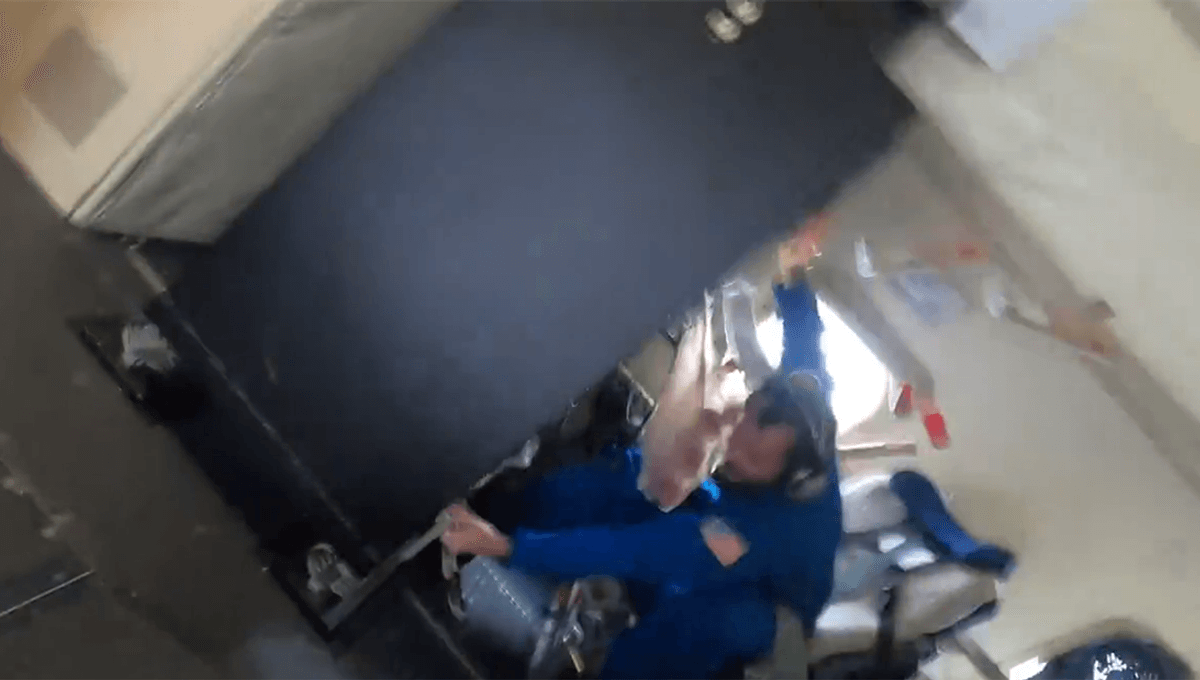
Unnerving footage shows the plane shake as the National Oceanic and Atmospheric Administration (NOAA) flew into Hurricane Milton to learn more about its development.
NOAA regularly makes flights inside hurricanes to monitor them and make predictions about their progress. Using two aircraft – nicknamed “Kermit” and “Miss Piggy” – the hurricane specialists take data from inside the eye of the hurricane itself.
“The P-3s’ tail Doppler radar and lower fuselage radar systems, meanwhile, scan the storm vertically and horizontally, giving scientists and forecasters a real-time look at the storm,” NOAA explains. “The P-3 [planes] can also deploy probes called bathythermographs that measure the temperature of the sea.”
On Tuesday, Miss Piggy was deployed to monitor Hurricane Milton from the inside, ahead of it making landfall in Florida this morning.
Flying through hurricanes is, of course, generally not recommended, and pretty difficult to prepare for.
“It’s impossible to accurately simulate a hurricane eyewall penetration,” NOAA Hurricane Hunter Commander Scott Price explained. “Doing it in the aircraft in a storm is the only way to experience the responsiveness of the plane, flight characteristics, crew coordination, and visceral response brought on by plowing through a wall of wind and rain while you’re at the controls.”
This ride appears to have been particularly hair-raising. Footage shows equipment being knocked over as the crew heads into the storm, with the NOAA referring to it as a “bumpy ride” on X (Twitter).
“Pardon my Appalachian hoots and hollers but this is right up there with the Ian flight from two years ago. Floor panels came up. Dropsondes broke. A mess in the cabin,” Nick Underwood, who shot the footage, added on X. “All that turbulence and we still get the dropsonde out to collect data. This is the job. Important work.”
The crew of “hurricane hunters” regularly monitor hurricanes, and previously revealed footage from inside Hurricane Beryl.
As well as equipment on the plane, the team also launches tube-shaped sensor devices known as dropsondes, which transmit data back to the plane as they fall toward the ocean below.
“We use dropsondes to measure temperature, humidity, pressure and wind speed, and send back data every 15 feet [4.6 meters] or so all the way to the ocean surface,” Jason Dunion, Research Meteorologist at the University of Miami, explained in a piece for The Conversation. “All of that data goes to the National Hurricane Center and to modeling centers so they can get a better representation of the atmosphere.”
NOAA uses this data to make predictions about the path and intensity of hurricanes.
Source Link: "Bumpy Ride": NOAA Shares Unnerving Footage From Inside Hurricane Milton